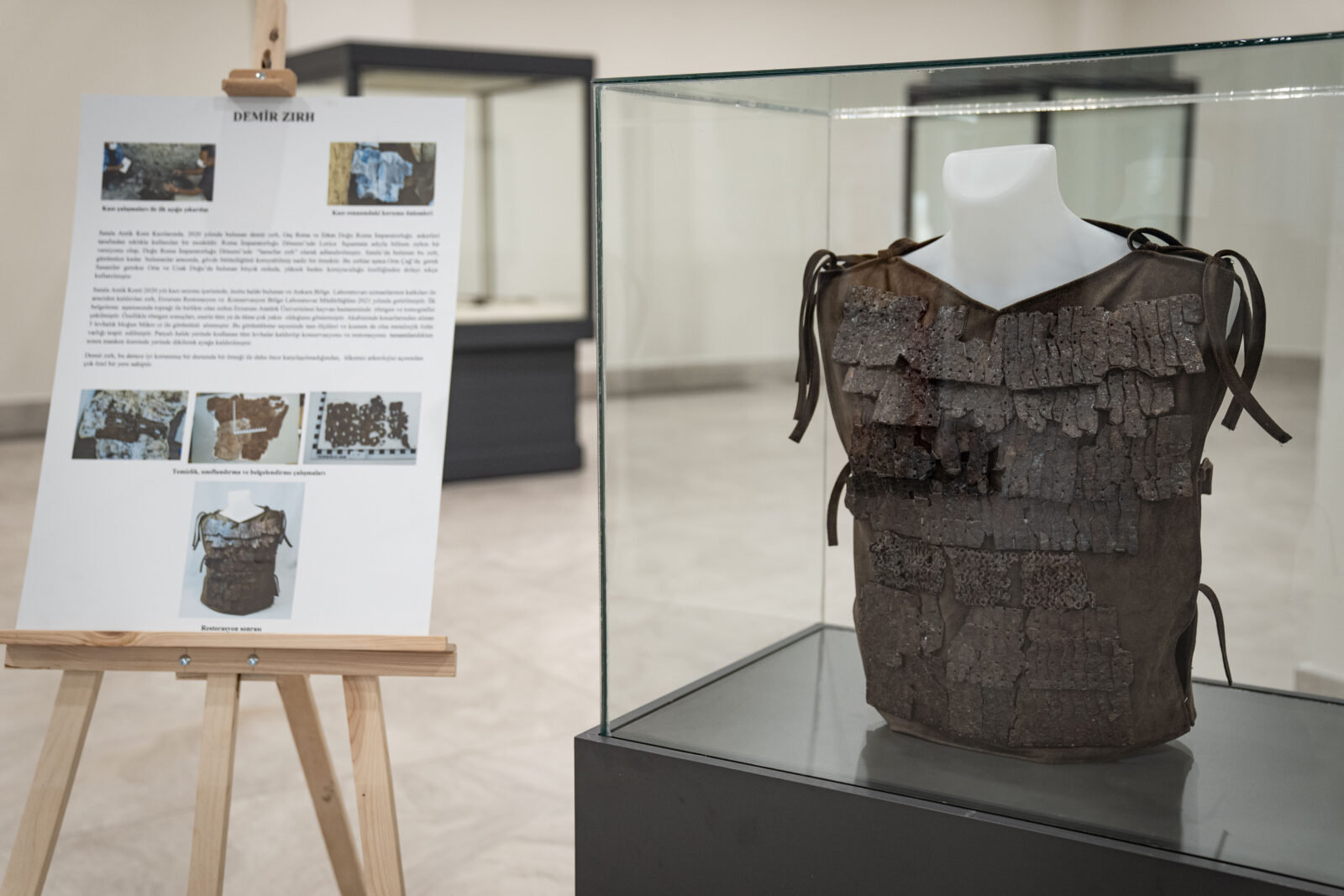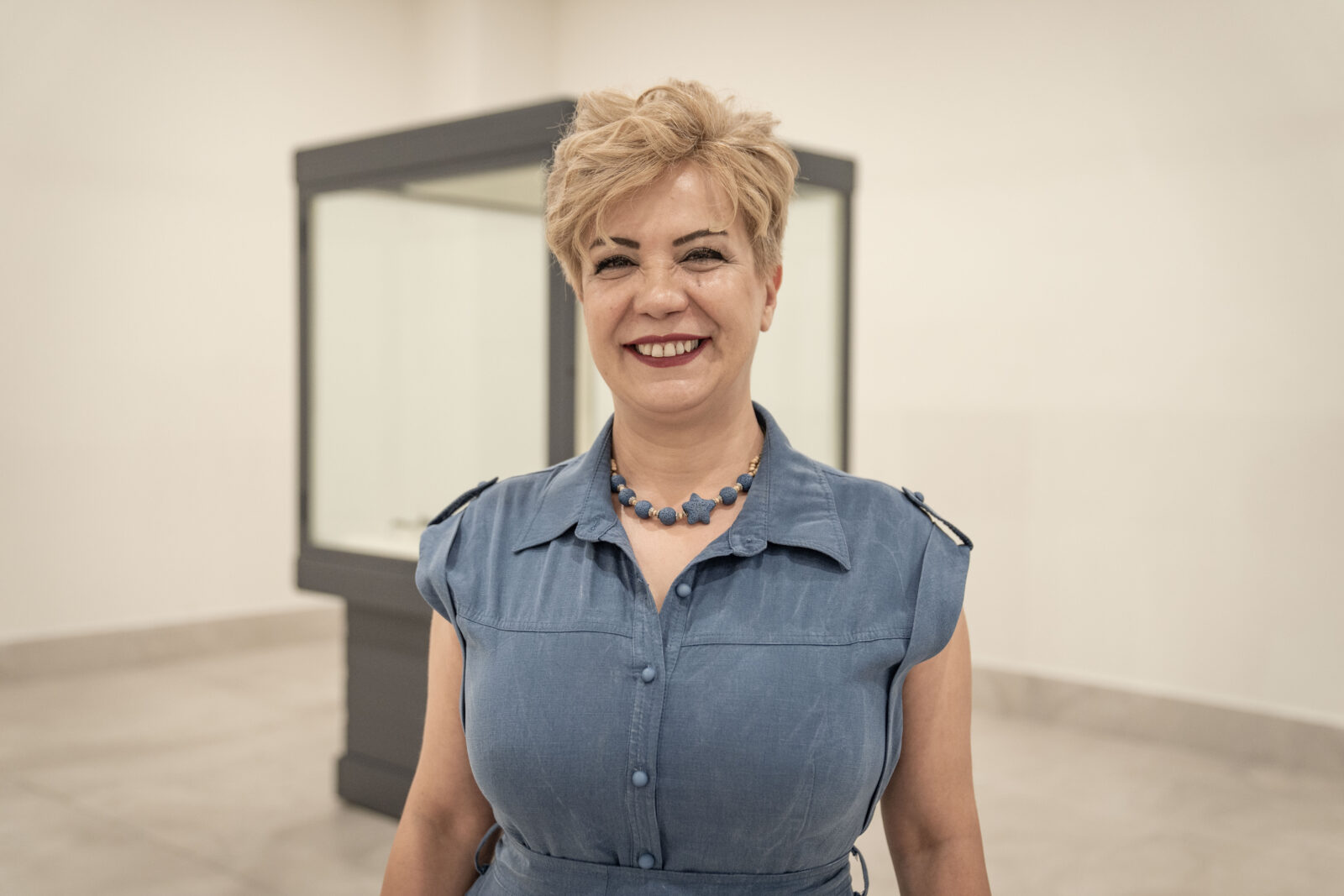
The Erzurum Museum is now home to a stunning collection of ancient jewelry and ornaments, unearthed during archaeological excavations in Eastern Anatolia and recovered through security operations.
These priceless artifacts, dating back as far as 3,500 years, have been carefully restored by the Erzurum Regional Restoration and Conservation Laboratory and are being exhibited to the public for the first time.

The collection includes a wide array of items such as earrings, necklaces, bracelets, anklets, and ornate belt buckles. Among the standout pieces are items from the Urartian Kingdom, as well as exquisite examples from the Ottoman period, offering visitors a glimpse into the rich cultural heritage of the region.
These artifacts reflect the evolving aesthetics and craftsmanship from the Late Bronze Age through the Iron Age, Medieval Era, and into the Ottoman period.

As part of the Erzurum Culture Route Festival, this special exhibition highlights the development of jewelry and adornment in the region. Archaeologist associate professor Gulsah Altunkaynak explains that the exhibition reveals the progression of jewelry-making over the centuries, providing insights into the aesthetic and cultural trends of different eras.
"Visitors can trace the evolution of adornment, seeing how styles and techniques have changed over millennia," she says.
A particularly remarkable piece in the exhibit is a belt fragment from the Urartian Kingdom, featuring intricate hunting scenes. This artifact showcases the importance of hunting in Urartian culture and provides a detailed look at their artistic sensibilities.
Altunkaynak notes, "The Urartian belt is a key highlight, illustrating the significance of hunting in their society and the high level of craftsmanship."

Altunkaynak emphasizes that the exhibition also underscores the enduring importance of jewelry throughout history. The continuity of cultural and aesthetic traditions, especially seen in bracelets, reveals how ancient styles have influenced modern designs.
"This exhibition demonstrates that the desire for beauty and adornment is a timeless tradition that has persisted for thousands of years," she adds.
The Erzurum Museum's exhibition offers history enthusiasts and cultural heritage lovers a unique opportunity to explore Eastern Anatolia's rich past through its ancient jewelry and ornaments, making it a must-visit for anyone interested in the art and history of the region.